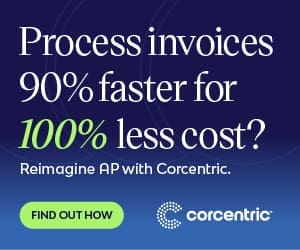Impact Of Absconding Software For Dso Collections

Dso Collections
The order to cash (O2C) cycle is pivotal cog in the working of business relying on customer purchases to fuel their operations. Thus, it is unsurprising that most organizations take pains to ensure that their accounts receivable cycle moves swiftly, with customers paying up on time. Needless to say, impeccable debt collection management is the key to ascertaining timely payments. Unfortunately, the extensive efforts invested by organizations in managing their debt and receivables are often undercut by the lack of software for DSO collections.
The ramifications of foregoing software for DSO collections are widespread and may prove ultimately detrimental for an organization. The foremost pitfall, in this case, is that without an adequate system of tracking, it is impossible to accurately gauge each customers payment trends to ensure that their accounts are settled in timely fashion. The risk of delinquent accounts tends to increase exponentially in the absence of customized software infrastructure that can process and store customer data regarding their payment minutes in secure and efficient manner, thus allowing greater financial visibility.
Moreover, in the absence of Softwaresystem, organization must resort to engaged labor for the work. Without Softwaresolution, tasks such as bookkeeping, customer record keeping, accounts auditing and debtor chasing are immensely labor-intensive and demand tremendous manual effort that can take large toll on the productivity of the department, all the while consuming resources. As businessestrive to stay agile, reducing the burden of manual operations is quintessential. Unfortunately, relying on people alone for debt management entails inherent risks that have the potential to disturb the operations of the institution.
It is also worth noting that when software is not employed for debt collection management, there is distinct lack of reporting tools. It is implicit than any debt collection strategy needs appropriate tracking mechanisms and dashboard analytics to provide comprehensive reports on debtors, payments and trends. Reporting capabilities provide reference and analytic base to prevent debt compliance issues and help administrators develop efficient strategies to settle their debts while simultaneously allowing the finance executive to have greater visibility over the working of the O2C cycle.
Ultimately, it is clear that without software for DSO collections, organizations are sorely dropping out of partially and fully automated services, including automated collection reminders and overdue notice emails and letters. One must realize that with an electronic system annexed, accounts receivable departments are able to automate extensive parts of the debt collection process, thus streamlining customer payment management. Further, the use of such software also facilitates integration of existing customer and billing data with other core businessestems, ultimately making customers payment cycles more efficient and expeditious.
In synopsis, it is has been demonstrated above that forasing software for DSO collections has the propensity to severely weaken an organizations ability to manage their debts and receivables. Not only is the lack of such software an impediment to the focus on efficiency, but it also disables administrators from having current snapshot of their O2C cycle. Therefore, it is necessary for any finance executive to consider the strategic acquisition of an appropriate Softwaresolution, whose interplay of automation and customization would greatly amplify their accounts receivable processes.

